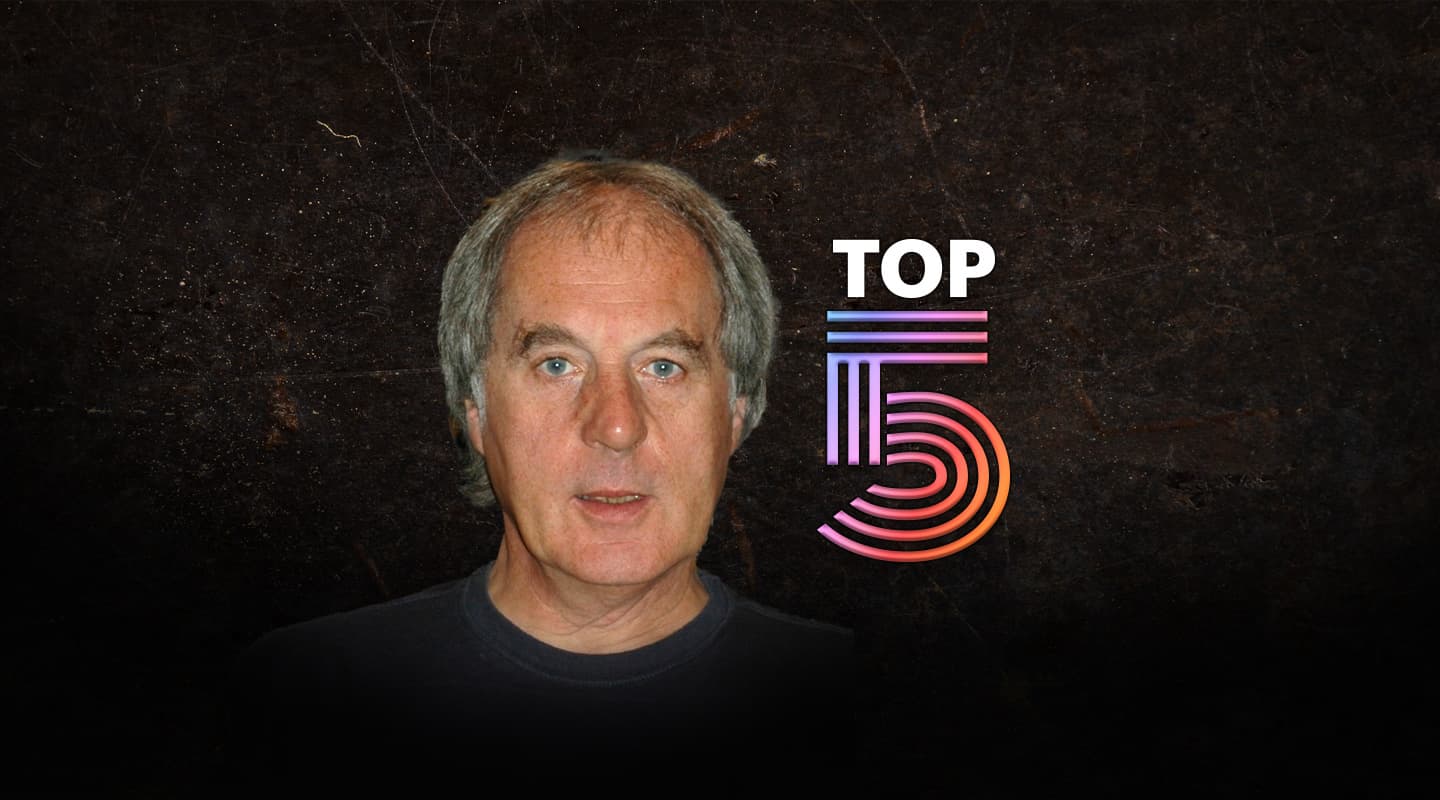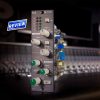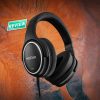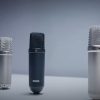
Top 5: John Leckie
Having first started out as a tape op at Abbey Road Studios in London, English producer and engineer John Leckie went on to work with an illustrious list of music artists, such as Pink Floyd , T-Rex, Simple Minds, The Fall, and Muse. He discusses his five essential studio tools.
By Joe Matera
26 October 2023
SHURE SM58
The SM58 is such a useful mic. It’s indestructible. I’ve never known a SM58 to go wrong. If the mic ever happens to not work, it’s going to be something to do with the lead and not the mic itself. I’ve used the SM58 on everything. You can take off the windshield and use it on the snare, and on the same session, you can use it on acoustic guitar — I once did a whole record with The Posies (Dear 23, 1990) using a SM58 on the acoustic guitars and it sounded fantastic. Put a SM58 up close to the grille on a Marshall amp and it’s going to sound great. With a SM58 you can sing, scream, shout into it, and whisper into it — you can do all these things and more. It will never let you down.


PULTEC EQ1-A
The Pultec is just a fantastic piece of hardware, as is the UAD plugin version. I use it as often as I can. Everyone has a favourite sweetspot frequency and for me I will put it on 8k (bandwidth set to Broad), turn it up to ’10’ and that’s my SM57-miked snare drum setting. For vocals, I’ll find a 5k spot, put the bandwidth on ‘5’ and put it on vocals or on a whole mix (if you’re lucky enough to have a pair for stereo). I will use this EQ above anything else.

UREI 1176
Much like the Pultec EQ, I put my Urei 1176 on everything — from drum overheads to across the whole mix (again, if you’re lucky enough to have a pair). I’ve done many mixes where I’ve had the 1176 across the mix and just have it kick in at 1dB. Although the controls are really simple, like Slow and Fast on the Attack and Release, you can do so much with it. You can set it up and ride it with the attack almost ticking over. Or you can have it go from a slow attack, which you can put on say, the drums, so you don’t hear it sucking. You can bend the needle and really crank it up on vocals, drums, bass, everything. My favourite is the Blackface version which I put over the drums — the sibilance is really smooth.

UNITY AUDIO THE ROCK 2 MONITOR SPEAKERS
The Rock monitors have been made by a British firm, Unity Audio, for around 10 years now. It’s an active nearfield monitor that’s a bit bigger than an NS10. It is a two-way design with a ribbon tweeter and a silver aluminium coated woofer cone. The interesting thing about The Rock is the fact it has no ports — they’re a closed box, no resonances, and offers a fuller-range response than an NS10. It’s in your face and direct, and there’s no bass waffle coming out of any ports. People speak about monitors being ‘honest’. These are brutal — your mix will sound terrible if it’s not right. It’s very detailed, and it exposes everything, which is what you want.
TAPE DELAY WITH VARISPEED
I’m not going to single out one tape machine because I just love any type so long as it’s got varispeed, such as a Revox. The varispeed goes right down to Stop and right up to superfast. It means that if you put in a delay on a vocal or a guitar, for example, you don’t have to mess around working out a delay time, looking at a BPM chart, and typing it in. I’ve never done that anyway. I’ve always used my ears, listening to the delay and varying the speed until it feels good. I’ll turn up the feedback so I have some pulse going, set the delay and the speed, then back the feedback off and it will feel good.


























RESPONSES